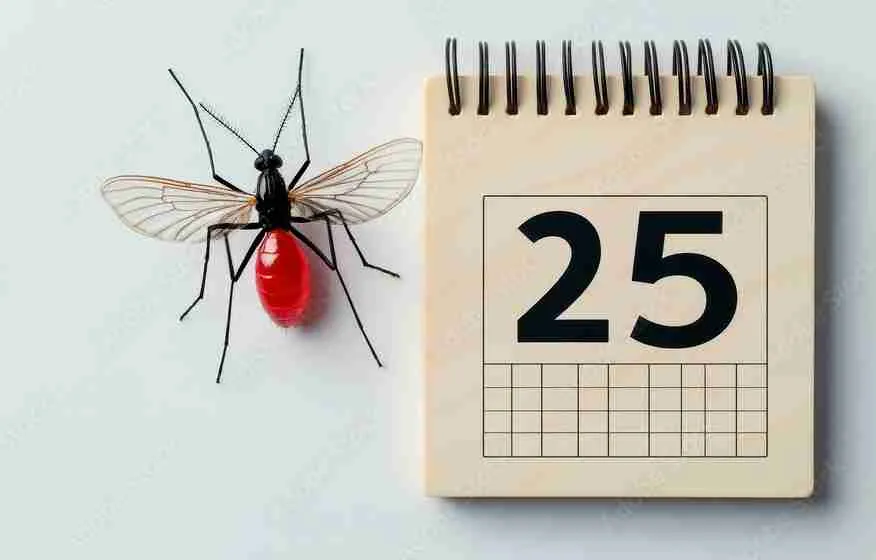Pest problems aren’t just a summer issue. While many homeowners notice an increase in activity during warmer months, pests are a year-round problem, and different threats can appear in every season.
Knowing what pests are active during each part of the year—and how to prevent them—can help you stay ahead of infestations before they start. This seasonal guide walks you through what to expect throughout the year, from springtime swarms to wintertime rodent invasions.
Spring (March–May): The Season of Awakening
As temperatures warm and nature comes back to life, so do pests. Spring is when many insects become active again after winter hibernation, and breeding season kicks into high gear.
Common Spring Pests:
- Ants: Particularly carpenter ants, which can damage wood structures.
- Termites: This is swarm season, especially after rain.
- Spiders: Emerge from hiding and begin hunting for food.
- Wasps & Bees: Start building nests in eaves, sheds, and attics.
- Flies: Breeding accelerates, and they start entering homes through open windows.
Spring Pest Prevention Tips:
- Seal cracks and entry points around the foundation.
- Clear yard debris and dead vegetation where pests hide.
- Schedule a termite inspection.
- Check for early wasp nest construction and remove them while small.
- Keep food sealed and surfaces clean to discourage ants.
Summer (June–August): Peak Pest Season
Summer is the busiest time of year for pest activity. Warm weather, outdoor food, and increased humidity create the perfect storm for insects and rodents alike. Many pests reproduce rapidly in summer, making infestations grow quickly.
Common Summer Pests:
- Mosquitoes: Thrive in standing water and humid conditions.
- Ticks: Active in grassy, wooded, or overgrown areas.
- Roaches: Multiply quickly in hot, humid environments.
- Stinging insects: Wasps, yellowjackets, and hornets become more aggressive.
- Fruit flies: Show up around ripe fruit or food waste.
- Ants: Continue invading kitchens and bathrooms in search of moisture.
Summer Pest Prevention Tips:
- Remove standing water from gutters, flower pots, and pet bowls.
- Keep lawns trimmed and clear of brush to limit tick habitat.
- Use tightly sealed trash cans, both inside and out.
- Avoid leaving food or drink uncovered outside.
- Inspect screen doors and windows for holes or tears.
Fall (September–November): Pest Invasion Season
As temperatures drop, pests start searching for warm shelter—and your home becomes their ideal target. Fall is a critical time for preventive pest control, especially for rodents and overwintering insects.
Common Fall Pests:
- Mice and rats: Begin nesting inside walls, basements, and attics.
- Spiders: Enter homes seeking warmth and food.
- Boxelder bugs & stink bugs: Look for places to overwinter.
- Cluster flies: Invade homes in large numbers to hibernate.
- Cockroaches: Seek food and warmth indoors.
Fall Pest Prevention Tips:
- Seal up gaps around windows, doors, and utility entry points.
- Store firewood away from the house.
- Install door sweeps and weather stripping.
- Check for droppings or signs of rodent activity in basements and attics.
- Keep outdoor lights low or yellow to avoid attracting flying insects.
Winter (December–February): Hiding Indoors
You might think pests disappear in winter—but in reality, they move inside. Rodents, insects, and spiders may have already set up camp in your attic, walls, or crawl spaces. Winter is also when pest damage often goes unnoticed due to reduced visibility and activity.
Common Winter Pests:
- Rodents: Continue nesting and chewing on wires or insulation.
- Cockroaches: Thrive in warm, damp areas like bathrooms and kitchens.
- Spiders: Hide in dark corners and storage areas.
- Silverfish: Active indoors in humid basements or bathrooms.
Winter Pest Prevention Tips:
- Declutter storage areas where pests hide.
- Use sealed plastic bins instead of cardboard boxes.
- Regularly inspect basements and attics for rodent activity.
- Keep food in airtight containers.
- Address any indoor moisture issues, especially in laundry rooms and basements.
Year-Round Prevention Pays Off
While some pests are more active in certain seasons, many—like cockroaches, rodents, and spiders—can be active all year long under the right conditions. That’s why regular inspections and ongoing pest prevention are essential.
If you’re dealing with recurring issues, a professional pest control plan that includes seasonal treatments can protect your home through every shift in weather. The goal is not just to eliminate pests, but to stop them before they start.
Final Thoughts
Every season brings its own pest threats, but they all have one thing in common: your home is their favorite target. By understanding what pests to expect and how to prepare, you can take control of your space and protect your family, property, and peace of mind.
A little seasonal awareness can go a long way. Whether it’s sealing up gaps in fall or removing standing water in summer, the steps you take today could save you from a major infestation tomorrow.
If you’re not sure where to start, don’t wait for pests to make the first move—be proactive, and protect your home year-round. We recommend Positive Pest Management.

